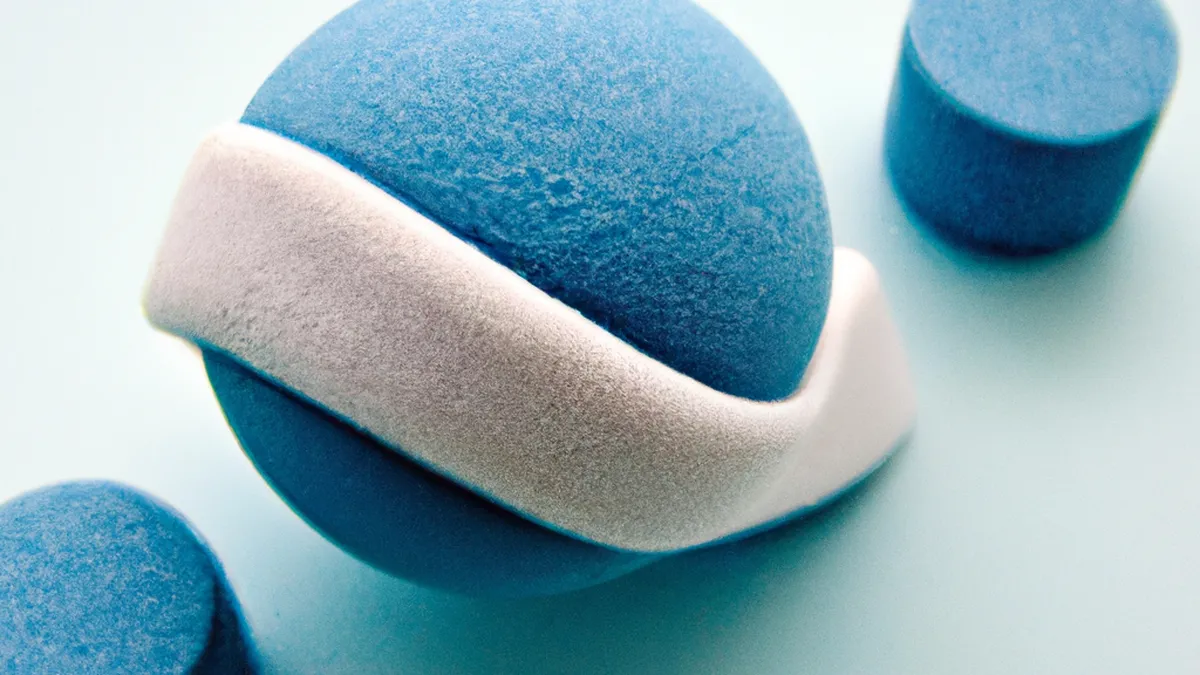Alleviate Tension Using Myofascial Release
How to Use Myofascial Release for Effective Stress Management
Stress can overwhelm you. It affects your body and mind, causing tension and discomfort. Myofascial release effectively manages stress. This therapy targets the fascia, the connective tissue surrounding muscles and organs. By releasing fascia tension, you relieve stress and enhance well-being. This blog post shows you how to apply myofascial release techniques for stress management.
Understanding Myofascial Release
Myofascial release involves manual therapy. It focuses on relieving fascia tension. A professional therapist can perform this technique, or you can do it at home. Tight fascia causes pain and limits movement. Stress, poor posture, or injury often tightens fascia.
To manage stress effectively, understand how myofascial release works. The therapy involves gentle stretching and sustained pressure on the fascia. This process releases restrictions and restores normal function. It eases muscle tension and promotes relaxation.
Simple Techniques You Can Try at Home
You can experience myofascial release benefits without a therapist. Try these simple techniques at home.
Foam Rolling
Foam rolling offers a popular self-myofascial release method. Use a foam roller to apply pressure to tight areas. Lie on the roller with your back or legs. Slowly roll back and forth over tight spots for 30 seconds to a minute. Focus on areas like your back, thighs, and calves. This technique releases tension and improves blood flow.
Tennis Ball Massage
A tennis ball provides effective myofascial release. Place the ball between your body and a wall or floor. Move to apply pressure to tight areas. Focus on spots like your shoulders, hips, and feet. Hold the pressure for 20 to 30 seconds, then switch sides. This method targets specific points and relieves localized tension.
Stretching
Incorporate gentle stretching into your routine. Stretching increases flexibility and reduces fascia tension. Focus on tight areas, such as your neck and shoulders. Hold each stretch for 15 to 30 seconds. Perform stretches regularly, especially during stressful moments.
Tips for Maximizing Myofascial Release
To maximize myofascial release, follow these tips.
1. **Stay Hydrated**: Drink water to keep fascia hydrated. Proper hydration improves elasticity and reduces tension.
2. **Listen to Your Body**: Pay attention to your body’s signals during myofascial release. If you feel pain, adjust your technique or pressure.
3. **Create a Relaxing Environment**: Find a quiet space for myofascial release practice. Soft lighting and calming music enhance relaxation.
4. **Be Consistent**: Make myofascial release a regular self-care routine. Consistency leads to better results and long-term stress management.
The Benefits of Myofascial Release for Stress Management
Using myofascial release in your stress management routine offers many benefits.
Reduces Muscle Tension
Myofascial release primarily reduces muscle tension. Relieving fascia tension allows muscles to relax more effectively. This relaxation alleviates physical stress symptoms, such as tightness and discomfort.
Promotes Relaxation
Myofascial release activates the parasympathetic nervous system. This system counteracts the stress response and promotes calm. You may feel less anxious and more centered after a session.
Enhances Mobility
Fascia tension limits your range of motion. Myofascial release restores mobility by loosening tight areas. Improved movement enhances physical performance and comfort, further reducing stress.
Encourages Mindfulness
Practicing myofascial release fosters mindfulness. Focusing on bodily sensations increases your awareness of your physical and emotional state. This awareness helps manage stress and build resilience.
Conclusion
Myofascial release serves as a powerful stress management tool. Incorporate techniques like foam rolling, tennis ball massage, and stretching to reduce tension and promote relaxation. Stay hydrated, listen to your body, and create a calming environment. Consistency is essential for reaping this practice’s benefits. Embrace myofascial release to discover a more relaxed and centered self. Prioritize your well-being today and explore myofascial release. Your body and mind will thank you.
Below are related products based on this post:
FAQ
What is myofascial release and how does it help manage stress?
Myofascial release is a manual therapy that focuses on relieving tension in the fascia, the connective tissue surrounding muscles and organs. By applying gentle stretching and sustained pressure on the fascia, this technique helps to release restrictions, ease muscle tension, and promote relaxation, ultimately aiding in effective stress management.
Can I perform myofascial release techniques at home?
Yes, there are several simple myofascial release techniques you can try at home, such as foam rolling, tennis ball massage, and gentle stretching. These methods allow you to relieve tension in tight areas and improve your overall well-being without needing a therapist.
What are some tips for maximizing the benefits of myofascial release?
To maximize the benefits of myofascial release, stay hydrated, listen to your body’s signals, create a relaxing environment, and make it a regular part of your self-care routine. Consistency is key to achieving better results and long-term stress management.















Post Comment